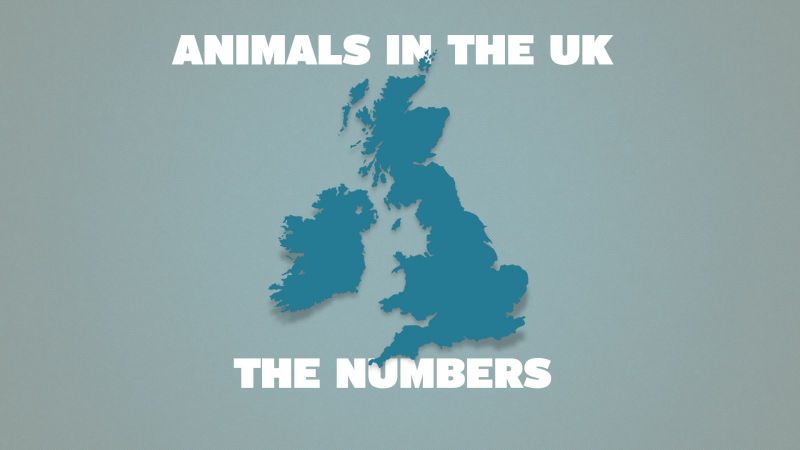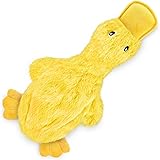Animal Uses In Society – Understanding Animal Research

The New Scientist, in 2023, quoted the former UK Govt Deputy Chief Vet, Alick Simmons, on animal use in society. He said:
“We create arbitrary categories: farmed animals, wildlife, research animals, pets, “pests” and “game”. These are perpetuated through regulations providing wildly different levels of protection and care. At one extreme, the UK has the toughest regulatory environment in the world – for animals in research – and at the other are its laws ostensibly protecting wildlife, a dog’s dinner of outrageous omissions and egregious practice.”
He has a point. We live in a society where it’s of no consequence to eat a chicken without ethical review, but to use one for cancer research without ethical review can result in 51 weeks in jail or a £5,000 fine. One reason for this wildly incoherent value system is the distortion of public priorities by activists, and one purpose of UAR is to put it all back into perspective. To that end, we have been researching how various animals are used in society. The numbers we have revealed are jaw-dropping.
Many understand, because the UK research community is so open about it, that we use around 2.6 million animals (in mainly mild procedures) for scientific research each year. It is probably a little less well known, however, that we kill 1.2 billion animals every year for food. At first glance, that might not seem like such a big difference. For many of us the distinction between a million and a billion is a bit blurry. But in fact, the difference is vast. To illustrate the point, a million seconds is about two weeks, whereas a billion seconds is 32 years. In other words, the number of animals used in research is dwarfed by the number that we eat.
That’s not the whole story, however. The 1.2 billion number only includes land animals. On top of those, we eat another 1 billion fish, and 4.4. billion shellfish. And even that’s not all. With apologies to any pescatarians reading, to get 5 billion fish and shellfish, fishermen catch some 20 billion lifeforms in total, throwing back three quarters of what they net, most of which is dead or dies shortly thereafter. This includes small fish species, but also larger animals like porpoises.








